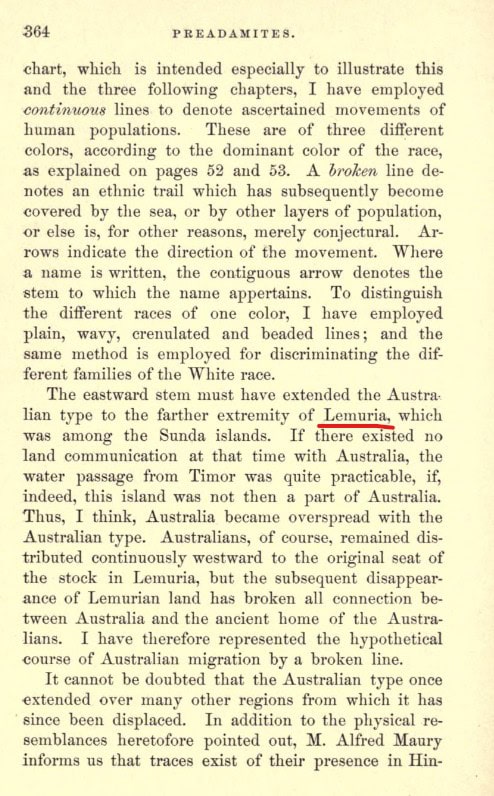Table of Contents
In ancient times, the Mū culture, also known as Pre-Tahitian Hawaiian Culture, operated under the governance of the “Kapu” system, shrouded in secrecy and considered taboo for generations. This society, predating Sumerian and Egyptian civilizations, stands as one of Earth’s earliest civilizations.
The Mū people believed Makali’i, the Pleiades star system, to be their ancient homeland.
The origins of the intricate Mū culture trace back over 20,000 years to the Hawaiian Islands. These people were thought to have come from the junction of Makali’i (the Pleiades), Mata-Roro (Draco), Hōkūle’a (Arcturus), and A’ā/Newe (Sirius), immigrating to Earth as early as twenty million years ago, continuing until 200,000 years ago. Time, or Wā, was a challenging concept for them due to their non-linear existence.
The Mū civilization experimented with self-reflective love, known as “Aloha Mā,” exploring diverse ways to experience love in the 3-D dimension. This experimentation led to the fragmentation of Aloha into 103 human emotions.
Through chants, lore, hula, and other cultural expressions, the Mū people recorded their understanding of love, birthing Korana Mā, or Kaona, meaning. This concept marked a profound shift from bureaucratic purpose to deeper states of beauty and awe, shaping the course of their civilization.

First Trauma
However, the experiment faced challenges as civilizations became entangled in matter, leading to what is referred to as the “First Trauma.” This trauma deeply affected their understanding of purpose, causing confusion and resorting to violence. Earth underwent cleansing processes, transitioning from a Golden Age to a Dark Age.
In modern times, humanity is emerging from this Dark Age, with the Mū Culture experiencing a revival. The ancient knowledge is preserved through oral chants, as the Mū people chose not to have a written language to maintain the purity of their history. Today, the choice lies between embracing the revival gracefully or succumbing to conditioned violence.
Lemuria, a superconsciousness predating Atlantis, encompassed the Pacific and Indian oceans. The concept of Lemuria has experienced resurgence in collective memory, as many recall this ancient past.
While the Mū civilization operated independently, it was intertwined with Lemurian consciousness, contributing to the mutation of vibration into solid matter on Earth.
In the current era, there is a strong sense that humanity stands on the verge of collective ascension, guided by the ancient knowledge carried by these primary civilizations.
As more people awaken to the ancient truths and embrace the concept of self-reflective love, the planet seems to respond.
There is a growing awareness of the delicate balance between humanity and the Earth, a realization that the well-being of one is intricately linked to the well-being of the other.
This understanding is ushering in an era where sustainability, respect for nature, and compassion for all living beings are becoming central tenets of human societies.
This awakening also recognizes the importance of unity. The divisions that have plagued humanity for centuries—be they based on race, religion, or nationality—are being questioned and challenged. Instead, there is a growing emphasis on the shared human experience, the interconnectedness of all life, and the need for cooperation and collaboration on a global scale.
The ancient wisdom of the Mū Culture and Lemuria is not just a relic of the past but a guiding force for the future. It offers a blueprint for a harmonious existence where humans live in alignment with the Earth, honoring its resources, and nurturing the spiritual essence that connects all living things.
As humanity moves forward, it is faced with a choice: to continue down the path of exploitation, division, and destruction, or to embrace the ancient teachings of love, unity, and reverence for all life.

Malays Genetic evidence

Malays are an Austronesian-speaking ethnic group of Insular Southeast Asia, and the Malay Peninsula. A study in 2021 concluded that a distinctive Basal-East Asian lineage (sometimes termed as ‘East- and Southeast Asian lineage’ (ESEA)), which is ancestral to modern East and Southeast Asians, Polynesians, and Siberians, originated in Mainland Southeast Asia at ~50,000BC, and expanded through multiple migration waves southwards and northwards respectively.
Basal-East Asian ancestry, as well as later Austroasiatic-associated ancestry, spread into Maritime Southeast Asia prior to the Austronesian expansion.
Austronesian-speakers themselves are suggested to have arrived on Taiwan and the northern Philippines between 10,000BC to 7,000BC from coastal southern China, and spread from there throughout Insular Southeast Asia.
The authors concluded that the Austronesian expansion into Insular Southeast Asia and Polynesia was outgoing from the Philippines rather than Taiwan, and that modern Austronesian-speaking peoples, such as the Malays, have largely ancestry from the earliest Basal-East Asians, Austroasiatic migrants from Mainland Southeast Asia, and Austronesian-speaking seafarers from the Philippines, without much admixture from previous groups.
Sources
https://www.pohala.net/muculture

